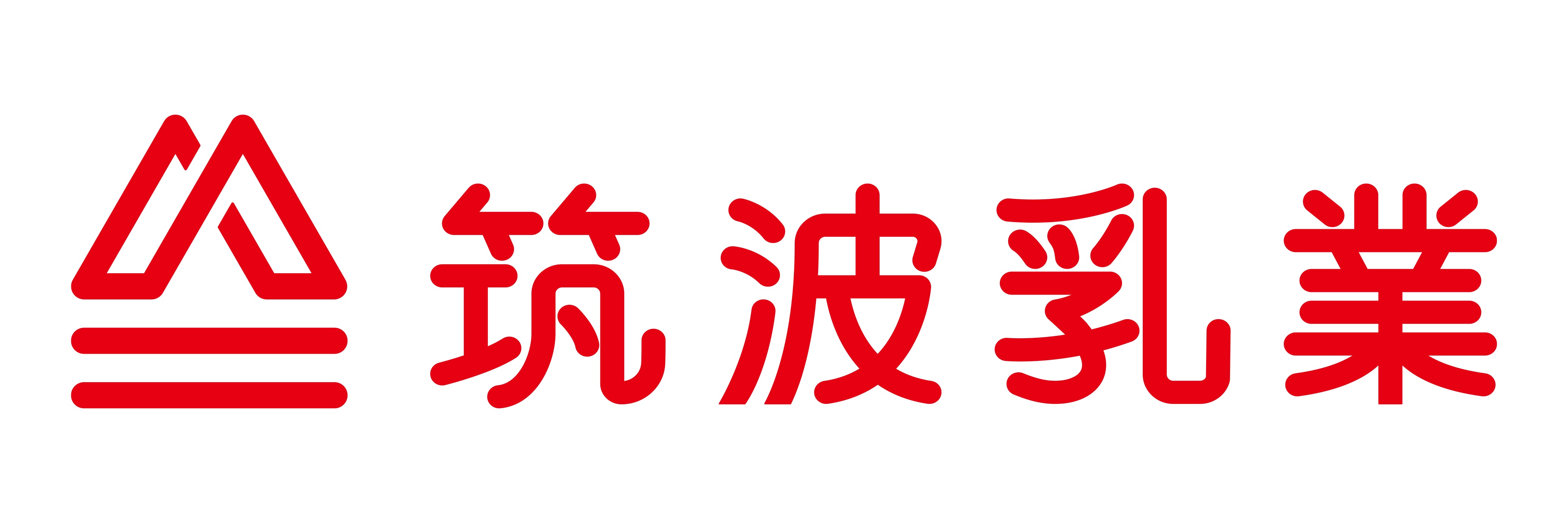About the Miss Japan Contest
>in English
“日本らしい美しさを目指して”
社会をより良い方向に変えようと努力する人たちを、私達は美しいと感じます。
外見だけが美しさを決めるのではなく、日々の研鑽や物事への姿勢などその人の在り方が総合的な魅力として発現しているのです。
私たちミス日本協会では「内面の美・外見の美・行動の美」の3つの美を備えることを「日本らしい美しさ」と表現します。
我々はそれを備えた人物を輩出し、社会をより良い方向に導くことを目指します。
ミス日本コンテスト大会に出場する女性達には、健全な夢を叶える力を身につけて欲しい。
そのために、見聞を深め、幅広い視野を養うプログラムを提供してまいります。
ぜひミス日本をめざして「3つの美」を磨くことで、時代を切り拓く女性リーダーとして活躍してください。
About the Miss Japan Contest
>in Japanese
“In search of true Japanese beauty...”
We the Miss Japan Association find people who strive to better society beautiful.
Beauty is not defined solely by one's appearance, but also by one's attitude and effort; these attributes comprehensively make a person atrractive.
We call these three traits beauty in inner strength, looks and actions.
We are committed to discovering and nurturing women with true beauty and sending them out into the world; in doing so, we aim to contribute to society.
Through the platform of Miss Japan, we want the women who participate to learn how to achieve their dreams.
So, we provide programs for them to broaden their horizons and realize their abilities.
Please do aim to become 'Miss Japan' and nurture your beauty in inner strength, looks and actions; become a female leader who pioneers the times.
主催者からのメッセージ
“美しく生きる、貴女に寄せる思い”
大会委員長 和田あい
“女性活躍は当たり前”そんな時代に女性たちはどのように生きるべきでしょうか。
社会にはSDGsに代表されるような、解決するべき課題がたくさん存在し、女性ならではの感性が待望されているといわれます。
そこに私は「美しく生きる」ことが重要になってくると考えます。
自らが望む社会で羽ばたくことで社会はよりよく発展し、自らの生きる意味を見つけるでしょう。
将来を担う若き卵たちがいま行うべきは、研鑽です。
生きたい生き方を選べる時代に、私たちは自分自身に責任をもって日々を過ごすことで、夢を叶える力を手にすることが出来るのです。
夢を実現させるために、3つの美を深めようと行動し続ける、強く美しい姿にミス日本の冠を贈りたいと思います。
MESSAGE FROM THE ORGANIZERS
To the woman living beautifully...
Miss Japan Contest Committee Chairwoman, Ai Wada
In a time when female success is considered normal, how should a woman live?
Society still has many issues that must be addressed, as represented by SDGs, and it is said a female perspective would help bring positive change.
I believe 'living beautifully' will be key in achieving a better world.
By accomplishing one's dream in an ideal environment, one can constructively influence society and find meaning in life.
The youth will define the future; they should strive for success in all ways possible.
In a time when one can choose how one lives, those who live with purpose find the means to realize their dreams.
To the woman who strives for her dreams... the woman who tirelessly works to achieve beauty in inner strength, looks and actions... we award the title of 'Miss Japan'.
ミス日本の歴史
『ミス日本コンテスト』が誕生したのは、太平洋戦争終結直後に遡ります。
そのころの日本は、衣・食・住の全てが不足しており、子供たちの多くが栄養失調でした。それを救ったのはアメリカの「Licensed Agencies for Relief in Asia : アジア救援公認団体」から送られてきた脱脂粉乳などの食料や衣類でした。それらは団体の頭文字をつないで「LARA(ララ)物資」と呼ばれ、日本復興への大きな救いとなりました。これに対して、1947年7月の衆議院本会議で緊急の感謝決議が全会一致で採択されています。
それから3年後の1950年。あらためて米国民に感謝を伝えるための女性親善使節を送ることになりました。その選抜のために開催されたのが読売新聞主催の『ミス日本コンテスト』でした。
その結果、日米親善使節「ララ救済物資感謝答礼使節」、つまり初の『ミス日本』として選ばれたのは、後に大女優となり、昭和時代の美人の代名詞ともなった、山本富士子さんでした。彼女の持つ「柔かさの中に秘められた鋭さとゆるぎなさ」=「凛とした気品」は、日本女性の新しい美の基準となりました。
読売新聞社主催によるミス日本コンテストは1952年にも開催され、日比野恵子(ひびのけいこ)さんがミス日本に輝きました。しかし、ミス日本コンテストはその後しばらく中断してしまいます。これを1967年に復活させたのは、痩身健康美容として「和田式フィギュアリング法」を提唱実践した和田静郎を代表とする和田研究所でした。和田静郎は、当時、テレビ美容体操の指導者としても脚光を浴びていました。そして、1970年の大阪万博開催にあたって、岸信介元総理の親書を持って各国を訪れ、万博成功への道を開く一助を担いました。
1968年の復活第一回大会から2017年の第49回大会までを主催した和田研究所は、ミス日本の更なる発展を目指して2017年7月に結成された一般社団法人ミス日本協会に、ミス日本コンテストの主催とミス日本の運営を移管し、その理念を継承しました。
日本では明治時代から美人コンテストが行われてきましたが、それは写真による美貌(顔立ち)のみが審査の対象でした。しかし、欧米化が進むとともに美意識が肉体美へと移行するのにともない、ミスコンの多くは八頭身に代表されるプロポーション審査へとその比重を変えてきました。そのような流れのなかで、ミス日本の第一の特徴は「容貌」「容姿」に加え、「教養」「心映え」を重視することにあります。それは、第一回開催の精神をかたくななまでに尊重し継承しているからです。そして、第二の特徴は、国際大会のための日本代表を選ぶのではなく、日本国内において完結する『日本女性の美の最高位』を選び、栄冠を贈ることにあります。

横浜新港埠頭にある、香淳皇后陛下が詠まれた御歌が刻まれたLARAの記念碑
ミス日本山本富士子さんが各州知事を表敬訪問。皇后陛下の御歌をお届けした。
岸信介元総理から親書を託されるミス日本
ミス日本鈴木紀子さんは世界各国の市長を訪ね、日本万国博の親書をお届けした。
HISTORY
The beginnings of the 'Miss Japan Contest' stretch back to the period immediately following the end of the Pacific War.
At that time in Japan, food, clothing and shelter were all in short supply and many children were suffering from malnutrition. It was the American ‘Licensed Agencies for Relief in Asia’ that came to the rescue with mostly the supply of powdered skim milk amongst other foodstuffs and clothes. The organization was abbreviated to LARA and was known here in Japan as ‘LARA-Bushi (LARA-aid)’, and played a major role in the post-war recovery of Japan. Due to this, in a July 1947 plenary session of the House of Representatives, an urgent resolution of expression of gratitude was unanimously passed by the House.
Three years on in 1950, it was further decided to send a female ambassador of goodwill to convey the gratitude of the Japanese people to the American people for sending the aid known as‘LARA Bushi (LARA-aid)’. The screening to find that representative was the Yomiuri Shimbun sponsored Miss Nippon Contest,‘Nippon’meaning‘Japan.’
The result of that contest to find the Goodwill Ambassador to the United States, i.e. the first Miss Japan, was the crowning of Ms. Fujiko Yamamoto, who later became a successful actress and who also became known for being synonymous with a Showa Era (1927-1989) beauty. Her‘unyielding acuteness hidden beneath a soft demeanor’or‘dignified elegance’is the new standard of beauty for Japanese women.
The Miss Japan Contest was held in 1952, and Ms. Keiko Hibino received the title. But after that, the contest sponsored was for a while put on hiatus, and the sponsorship by Yomiuri Shimbun ended here. The Contest was revived in 1967 by Shizuo Wada, the representative of Wada Laboratory. Shizuo Wada was an advocate of lean figure, health and beauty. He was also the man who put into practice the ‘Wada Figuring Formula,’ which led him into the spotlight as a well-known television health and beauty exercise instructor. Then in 1970, in preparation for the holding of the Japan World Exposition (Osaka Expo), Shizuo Wada was assigned to deliver a personal letter from the then Prime Minister Nobusuke Kishi to each nation, which proved to be helpful in opening the way to the holding of the exposition.
Japan has held beauty contests since the Meiji Era (1868-1912), although they were solely selected from photographs based upon their good looks. However, as the nation became more westernized, the concept of beauty shifted more towards the physique and many beauty contests placed their selection emphasis on a well proportioned woman. Amongst this trend, the first differentiating feature of the Miss Japan selection focuses on ‘attractiveness’, ‘nicely proportioned figure’, but additionally on being ‘culturally refined’ and ‘the beauty of heart and soul’. These are principles that reflect the spirit of the very first contest and are strictly adhered to and respected. Furthermore, the secondary differentiating feature of the Contest is that the contest is not a step to an international beauty contest but rather that it is concluded within Japan and the crown is offered as a representation of the ‘Foremost Beauty of All Japanese Women’.

The memorial monument of LARA with the engraving of the Japanese traditional poetry read by Empress Kojun at the Port of Yokohama.
Miss Japan Fujiko Yamamoto delivering a Japanese traditional poem from Japan's Empress. She was entrusted with the message of thanks to hand to US Governors.
Miss Japan receiving a letter of thanks to pass on to the US from former Prime Minister Nobusuke Kishi.
Miss Japan Noriko Suzuki as an envoy for the Japan World Exposition. She met with mayors around the world.
ミス日本の称号
MORE
歴代グランプリ
MORE









